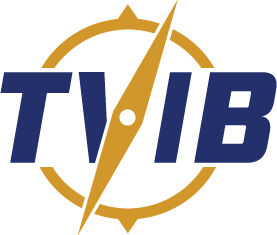Reposted from the Maritime Commons
Posted by LT Amy Midgett, Thursday, May 9, 2019
The Towing Safety Advisory Committee (TSAC) held its spring public meeting in Miami, Florida, March 13, 2019. Attendees represented the Coast Guard, the towing and barge industry, engineers, pilots/masters, port authorities, terminal operators, offshore operators, and the public.
After welcoming remarks from Rear Adm. John Nadeau, assistant commandant for prevention policy, the committee deliberated on current tasks, discussed new business, and received public comments.
Highlights from the meeting included:
• Capt. Janet Espino-Young from the 7th District Prevention office discussed the importance of industry partnerships and cooperation in implementation of inspections and recovery efforts after natural disasters.
• A subcommittee recommendation to establish three new workgroups to address 1) hull and stability for inland towing vessels; 2) consistency and clarification of Subchapter M topics; and 3) boundary separations and the impact on offshore/near coastal manning.
• A final report on Task No. 16-03, “Recommendations Regarding Operational Risks Associated with Towing LNG Barges.” Recommendations include how to identify and safely execute a critical tow and familiarization training for tug crews.
• A progress report on Task No. 17-02, “Load Line Exemption Review for River Barges on Lakes Erie and Ontario.” The subcommittee intends to complete an analysis of the ports of refuge named by the petitioner to determine if they will limit the size of the tow for the intended route.
• A presentation by Mr. Erik Johnson from the Office of Commercial Vessel Compliance at Coast Guard Headquarters on the number of new Certificates of Inspection against the goal of 25 percent of the Subchapter M population.
• A presentation from Ms. Melanee Libby regarding the Coast Guard’s 2018 Authorization Act and a new National Towing Safety Advisory Committee that will serve the same function as TSAC. Under the Act, TSAC is permitted to continue operating until Dec. 4, 2020.
The committee also heard public comments on various topics such as Subchapter M implementation for non-traditional tug and barge operations; clarification of types and limits of towing credentials; and a proposal to incorporate frequently asked questions and guidance into Subchapter M.
Copies of the meeting agenda and draft final reports are available on the TSAC Homeport webpage.
Click here to link to the full post from the Maritime Commons.
